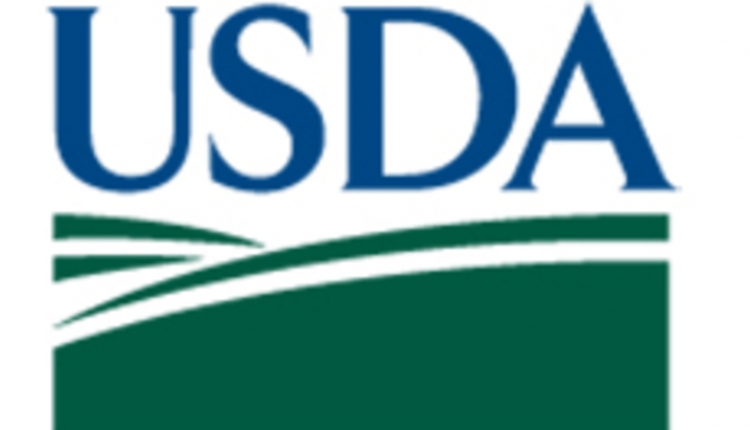Striving for optimum herd health is what we desire and try to accomplish. We build well-designed facilities . . . we feed properly formulated diets . . . we spend extra time developing tailored vaccination programs. We work hard to manage our herd in such a way as to enhance the well-being of our cattle.
Yet, at times, we all experience morbidity and mortality within our operations. As one "seasoned" farmer told me years back . . . "If you have livestock, you will have deadstock." How true!
Disease investigation is a valuable component of every progressive herd health program, and this certainly includes the necropsy, or postmortem exam. So, at what point should mortality cases be investigated?
Will this happen again?
Most dairies I serve are equipped with well-structured tracking systems for monitoring disease. Common conditions, such as mastitis, metritis, pneumonia, lameness and so forth, are typically recorded within cows' history files. Farm teams can then keep an eye on herd prevalence over time. Any significant rise in disease frequency warrants further study.
As dairy practitioners, we encounter "herd outbreaks" in a variety of forms. One example might be a severe diarrhea outbreak within a large percentage of newborn calves. The caregivers are doing everything in their power to properly identify and treat the affected calves, seemingly, with no success. The disease appeared to "mutate" into something very difficult to cure.
The investigation can go down many roads . . . colostrum issues, environmental problems, overall cleanliness practices, among a host of other concerns. Certainly, history, clinical signs and live animal diagnostics go a long way, but the addition of a postmortem exam proves to be collectively beneficial in these instances.
Another example might be an acute respiratory outbreak in transition calves, causing some deaths. Prompt postmortem exams will usually provide insight and the correct plan of action, hopefully returning health and productivity to the affected group. Knowledge is power in many herd disease outbreaks, and proper diagnostics are critical.
On the other hand, every farm, from time to time, has witnessed an acute death in an individual animal. This animal appeared normal the day before, possibly even up to the time of death. The information gleaned from thorough necropsies on individual animals is just as important as dealing with herd issues, and they often elicit the culprit responsible for the death.
Over the years, I have seen a wide diversity of etiologies responsible for sudden death. Very often, it is reassuring to determine that the cause was sporadic in nature and not likely to turn into a herd problem. Caregivers want to know why these animals became acutely ill or died suddenly. These opportunities for an exam can be very informative for them. The necropsy can further encourage learning opportunities between the practitioner and the caregiver.
On occasion, the necropsy results point toward management issues. Clostridial abomastitis and septicemia in calves are diseases that are triggered from on-farm practices. Perforated abomasal ulcers, malignant lymphoma and liver abscesses in cows are examples of individual diseases that often have an underlying herd predisposition.
Knowledge is power
To glean accurate information from farm postmortems, it is critical to deal with fresh carcasses. At times, this will involve euthanasia and immediate postmortems. The necropsy needs to take place within hours of death.
Warm conditions do not allow for a wide margin of time before really bad things start to happen. We have all experienced, I am sure, the "aroma" of a ripe carcass. Getting too close to that situation is not for the faint of heart or weak of stomach! At the end of a day like that, the only friend willing to cuddle up to you is the good ole family dog.
Obviously, placing the animal in a shaded area will help to a degree. As dairy vets, we strive to be very conscious in selecting a site appropriate to prevent contamination of surrounding areas. In adult cattle, placing the animal with the left side down enhances the ability to investigate the abdomen thoroughly.
In neonatal herd outbreaks, the best decision might be to transport live animals, if possible, to a regional veterinary diagnostic lab for complete necropsy evaluation. Typically, we select untreated animals that are in early stages of disease. These early onset morbid animals heighten the probability of determining the primary pathogens involved.
Along with determining the probable cause of death, postmortems may allow sample collections as deemed appropriate. This could be rumen contents for toxicology investigations or liver samples for vitamin and trace mineral analysis. Other tissues of diagnostic value could also be taken at the time of necropsy.
Knowledge gained from tissue analysis is a valuable addition on the herd level. One of my retired partners, Doc Schroeder, was so right in saying "We need an accurate diagnosis to be successful in disease treatment and control."
Find the silver lining
According to the recent NAHMS data, the average annual dairy cow mortality rate in the U.S. is roughly 7 to 8 percent. Since these animals are already gone, we need to make the best out of this otherwise bad situation. We all need to strive to learn more from the daily routines on the farm, and this includes deaths within the herd.
In our practice, we hold weekly Thursday morning rounds. Nearly every week someone from our group tries to "stump the chump" with unusual postmortem pictures. There is always something new to be learned by all of us!
With all this discussion on mortality, I will try to make amends for a more uplifting topic next time. Until then, take some time to enjoy the autumn harvest season because it's a great time to be out there! But mostly, make sure those you hold dear are the ones you spend your precious time on . . . life is short. It's not the length of it though, it's the depth of it. Make it count!










